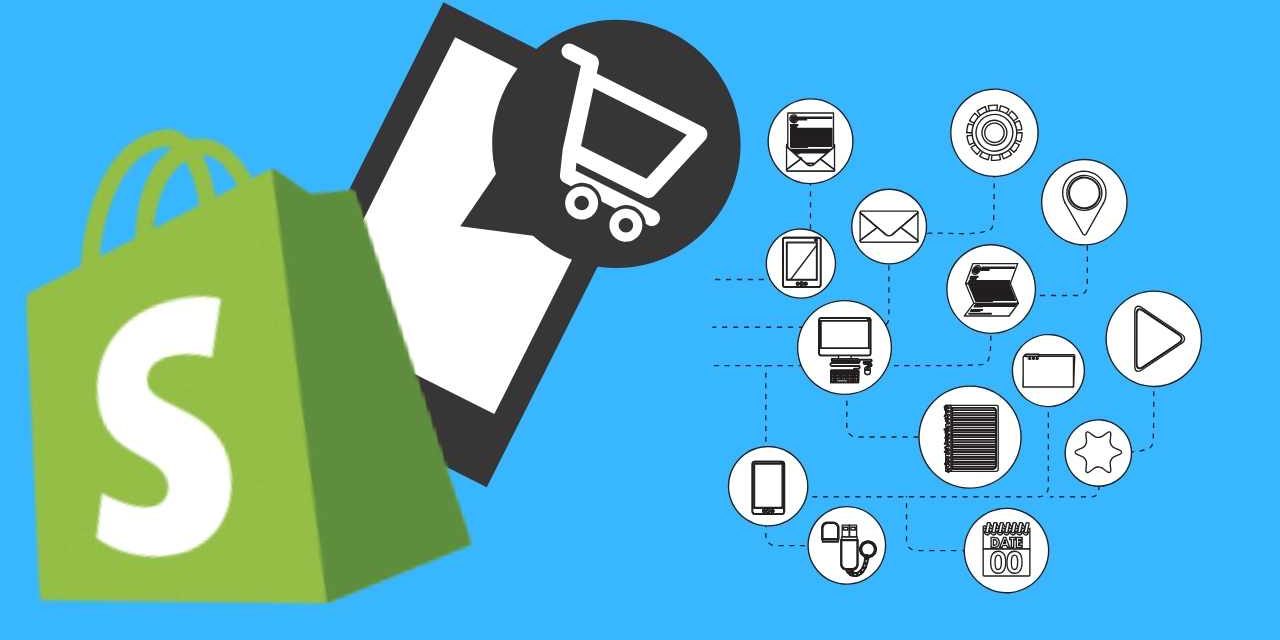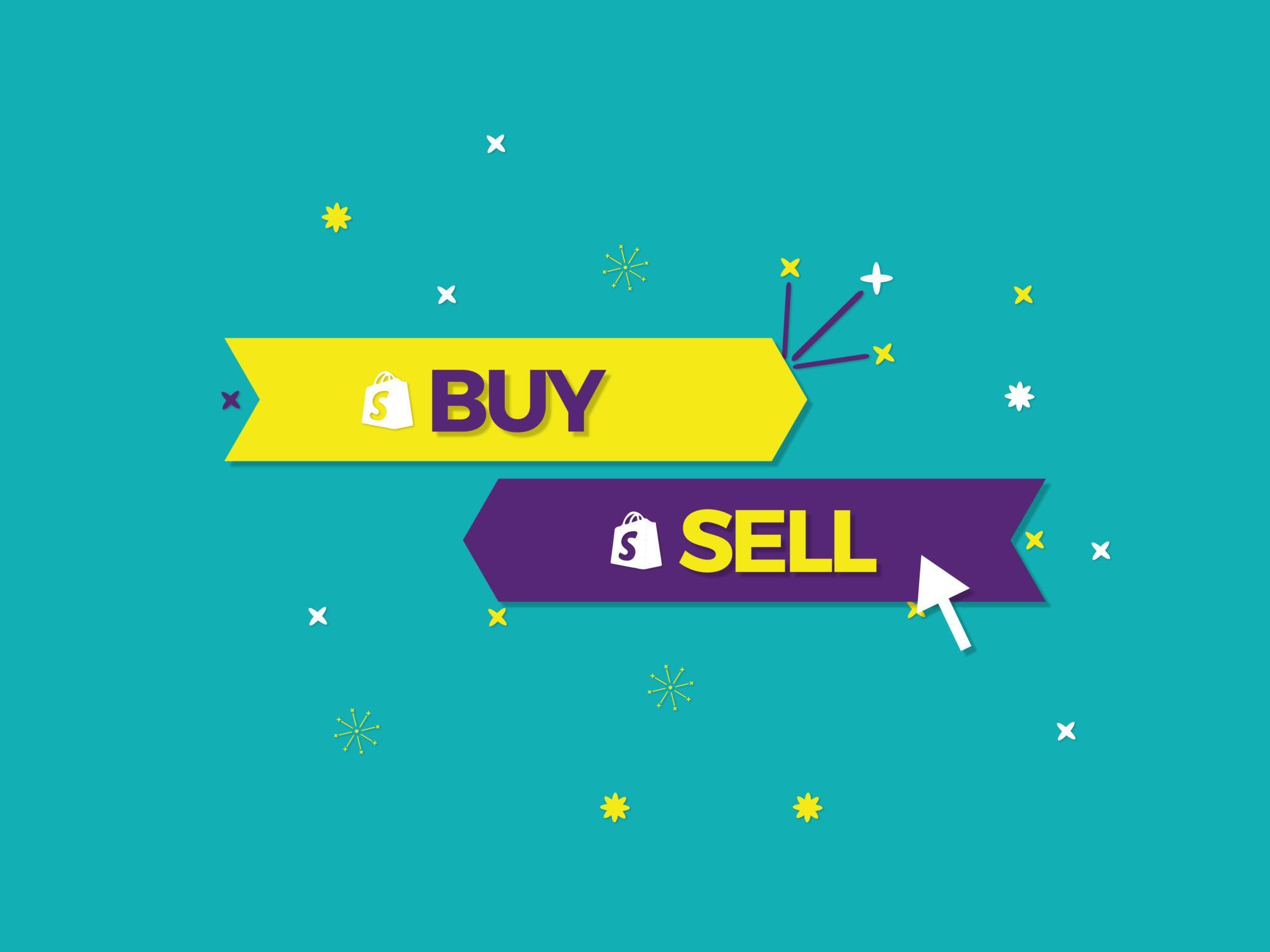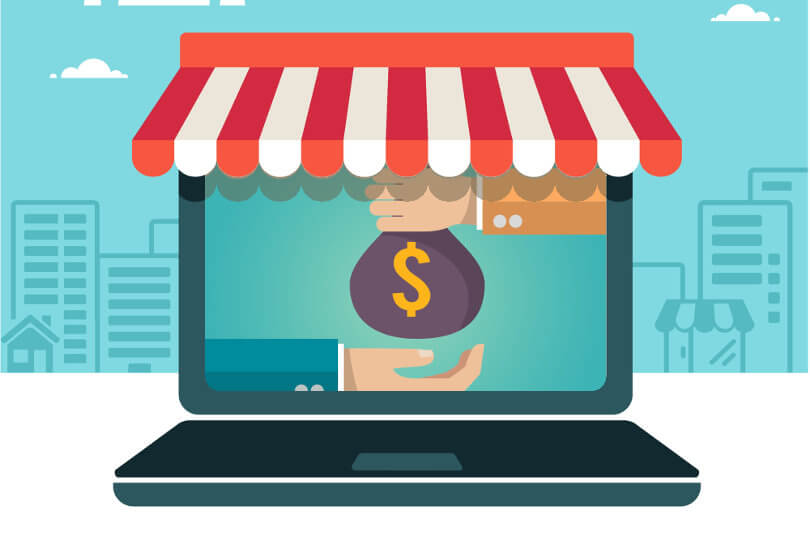Review of Shopify Exchange: The Ideal Marketplace for Buying and Selling Businesses
As you can see, establishing an internet business for the first time can be challenging, as you must determine a variety of criteria, such as the business name, the designs for your store, the sorts of things to offer, marketing campaigns, and many others. This may be aggravating if you are a novice. Therefore, people came up with the concept of purchasing an already successful Shopify store. However, acquiring a website is like to investing in online real estate, so you must choose and maintain it wisely from the hundreds or thousands of eCommerce companies available on Shopify.
Therefore, Shopify Exchange was created as a platform for these merchants to buy and sell their Shopify stores, with over 3000 eCommerce stores available for purchase to assist you in running a business by purchasing an existing site. It is one of Shopify's most recent features designed to assist eCommerce merchants in establishing thriving businesses. Depending on your starting place, Shopify Exchange may serve several purposes.
This article is a review of Shopify Exchange, the ideal marketplace for buying and selling businesses. I will cover all you need to know about Exchange, including my opinion.
What is Shopify’s Exchange Marketplace?

The Pros and Cons of Shopify’s Exchange
Pros
Convenience

Time-saving
Wide Range of Stores
Secure Transaction
Cons

The Stores are Being Sold for a Reason
Your eCommerce stores are being sold for a purpose, despite the fact that they are now lucrative. In certain instances, this may be because the product is no longer desired by the majority or because it was a seasonal item, such as summer swimwear or winter sports equipment. Imagine browsing Shopify Exchange and seeing that a significant number of stores are currently closed. Therefore, even if you purchase from a prosperous firm, you must reopen the store and pick up where it left off.
Business Metrics Can be Manipulated
As there are so many phony sites/stats on Shopify's Exchange, it is possible for your business analytics to be falsified. In some instances, your website may be contaminated with numerous brand names. As a result, you will need to use Shopify Exchange Mrush or another program to evaluate the site's traffic in order to determine if it receives sufficient monthly visitors to validate the numbers that you are now observing.
The Buying Process on Shopify’s Exchange
Buying Process Overview
- 1. Search for a listing that you want to have or want to try.
- 2. Send message to the retailer.
- 3. Direct an offer to the retailer when he or she responds.
- 4. Wait for the retailer to accept the offer.
- 5. Retailer forms an Escrow transaction.
- 6. You will get the notification in order to inform you to accept the terms and submit the payment.
- 7. Payment is approved by Escrow.
- 8. All assets will be transferred to you by retailer.
- 9. All assets will be marked as received in Escrow.
- 10. You need to conduct your inspection period now.
- 11. All assets will bed marked as accepted in Escrow.
- 12. The Shopify Accounts team will turn you from staff to the store owner within 3 days of work. Then, you will be notified when the ownership transfer is completed.
- 13. The funds that you sent will be disbursed to the seller from the Escrow transaction. At the point, the Escrow transaction will be the final one, there is no returning or refund process afterward.

Requirements for Buyers
- 1. The seller must be more than 18 years old.
- 2. In case the seller lives in one of the following countries or regions that Escrow does not support, then they will not be able to use Exchange. These countries are included in this list:
| Afghanistan | Alabama (United States) | Algeria | Angola | Azerbaijan |
| Belarus | Burundi | Cambodia | Central African Republic | Chad |
| Congo | The Democratic Republic of the Congo | Cuba | Côte d'Ivoire | Egypt |
| Equatorial Guinea | Eritrea | Ethiopia | Guinea | Guinea-Bissau |
| Haiti | Honduras | Islamic Republic of Iran | Iraq | Kazakhstan |
| Democratic People's Republic of Korea | Kyrgyzstan | Lao People's Democratic Republic | Lebanon | Liberia |
| Libya | Moldova | Myanmar | Nigeria | Pakistan |
| Panama | Russian Federation | Sierra Leone | Somalia | South Sudan |
| Sudan | Suriname | Syrian Arab Republic | Tajikistan | Uganda |
| Ukraine | Uzbekistan | Venezuela | Yemen |
- 3. Do not utilize Exchange Marketplace to promote a product or service.
- 4. Do not embed your personal email address, phone number, or any other form of contact information here in your listing. When buyers have to message you, they will use Exchange to do so.
- 5. Exchange always makes store ownership changes for you.
- 6. Buyers and sellers should only message you through Exchange.
- 7. All listings should be original and they are not allowed to be copied from existing Exchange listings.
- 8. The Online store templates that are sold on Exchange must be original.
- 9. Not alike other regular development online stores made by partners, those businesses, which are listed on Exchange will not be eligible for a commission here.
- 10. No party is encouraged to start a payment transaction outside of Exchange's payment flow. In case a transaction is fulfilled outside of the Exchange Marketplace Escrow.com flow, then Shopify will not be able to help you with the issues that might be involved in that transaction. Then it can make you become permanently banned from using Exchange as when you utilize Escrow.com outside of Exchange to begin a new transaction, then it is considered to be outside of the authorized Exchange payment flow. Then, buyers will have the official Exchange transactions, which get
exchange-payments@shopify.comlisted as the broker in the Escrow.com transaction.

The Selling Process on Shopify’s Exchange
Fulfill Listing Requirements
- Only the Shopify account owner can have the access right to the Exchange app and install it in a Shopify store.
- You must have the paid plan for your Shopify account. The Shopify's paused online store plan is also included.
- Its trial period can not be included in your business, you have to wait one day after paying your first invoice to be eligible.
- In case you use Shopify Payments, you must have a good standing account. In case your business has been removed from Shopify Payments, then you will not be able to list it on Exchange.
- You will not be able to have active financing from Shopify Capital.
- You can not have your business on Shopify Plus. In case you do have one, then contact the Shopify Plus Support and talk about the potential of negotiating your contract and dropping to an eligible plan.
Start Selling
- 1. Make sure that you have met the listing eligibility requirements, also have read about the Exchange Marketplace guidelines.
- 2. Have the Exchange Marketplace app installed on your device.
- 3. Generate a listing for your business, then submit it for review.
- 4. When you have your review approved, you need to publish your listing.
- 5. You will get the message from the buyer.
- 6. Responding to their questions is what you need to do.
- 7. You will receive an offer sent by the buyer.
- 8. You should accept the offer.
- 9. Then, you need to form an Escrow transaction in your Exchange app.
- 10. A notification will be sent to the buyer to inform them to accept the terms and submit payment to the Escrow transaction.
- 11. You will also receive a notification to transfer assets to the buyer.
- 12. All assets will be marked as received in Escrow.
- 13. The buyer will perform their inspection period.
- 14. All assets will be marked as accepted in Escrow.
- 15. It will take you 5 business days to get the funds arrived in your bank account after it is disbursed to you from Escrow.
- 16. The buyer will be able to have the right as the new store owner by the Shopify Accounts team in 3 business days. You will also be ensured that your billing and payment information is securely removed by the Shopify Accounts team in the process.

Exchange’s Service Fee

Once the listing has been accepted through the listing review process, the service cost will be displayed in the Exchange app. This amount is comprised of the Escrow fee and the projected Exchange fee, minus the customary 10 dollar disbursement fee charged by the Escrow. The Exchange's fees will be estimated based on the ultimate sale of the business, but they are subject to change if the seller accepts a lesser or higher offer. Finally, the exact fees stated in the actual Escrow transaction will be provided.
Through the Exchange payment flow, Exchange will charge a service fee for the successful sale of your business. This type of service cost includes the Escrow and Exchange fees, in addition to those deducted from the selling profits. You will incur no additional fees to list your business on Exchange. Concurrently, the fee only applies if you have successfully sold your firm through the Exchange payment flow. The service charge is for providing you with personalized assistance with your transfer, the secure payment method is for guaranteeing that you are paid via Escrow.com, and the expertise is for protecting your financial data during and after your sale.
Ultimately, the total Service Fee will be disclosed at completion of offer acceptance and transaction creation in the payment flow. In addition, as the business seller, you are the one who pays the service cost.
The article ends here. Thank you for reading
Comments
Post a Comment